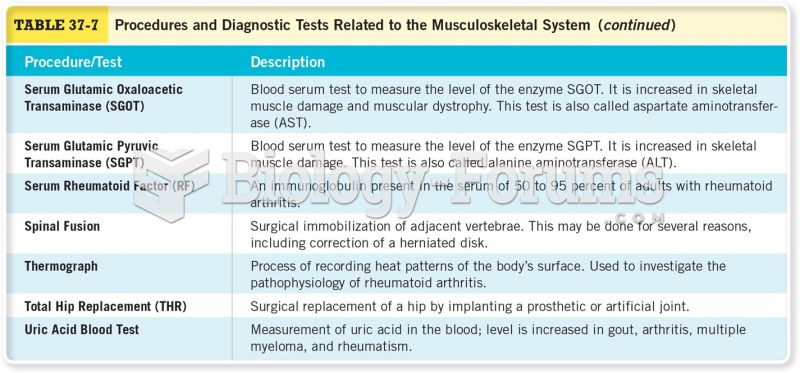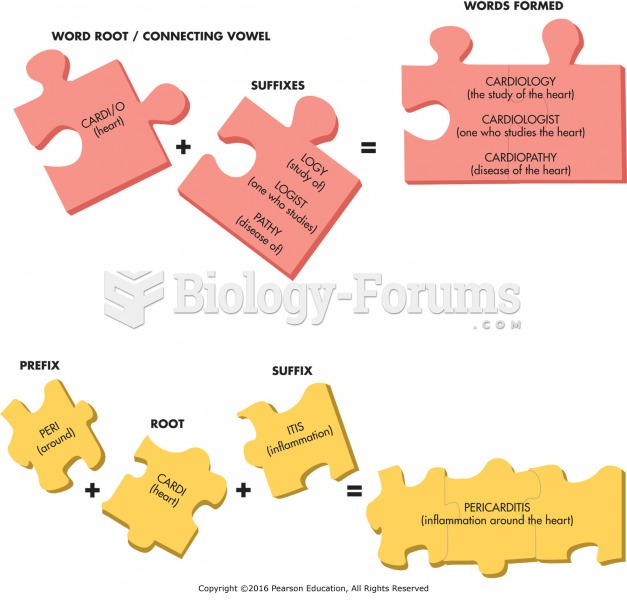Answer to Question 1
ANS: C
The underlying etiology, or cause of a patient's concern or situation, rather than a medical diagnosis, should be used as a related factor when writing a nursing diagnosis. By doing so, the nurse articulates an understanding of the pathophysiology or situation with which the patient is faced.
Answer to Question 2
ANS: C
One patient may have several problems simultaneously, requiring the nurse to understand the potential relatedness of signs and symptoms from various body systems. The nurse combines an understanding of pathophysiology, normal structure and function, disease processes, and symptomatology to accurately cluster data. A variety of errors in identification, statement structure, and statement content may occur when formulating nursing diagnoses. These include clustering unrelated data (as with the alteration in comfort and the ability to void), accepting erroneous data, using medical diagnoses as related factors in the nursing diagnostic statement (gastritis is a medical diagnosis), missing the true underlying etiology of a problem, and identifying multiple nursing diagnosis labels in one nursing diagnostic statement. Clustering unrelated data (such as restless leg syndrome and inflammation) most often occurs when the nurse has not completed a thorough review of the patient's assessment information or is missing important data. Regardless of the type of nursing diagnosis being written, only one label should be used in each statement. Abdominal pain and nausea, in this case, have the same cause, so clustering is proper.







